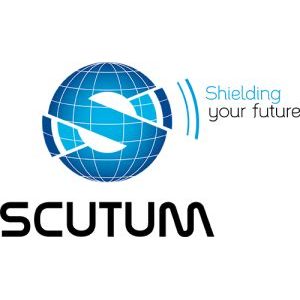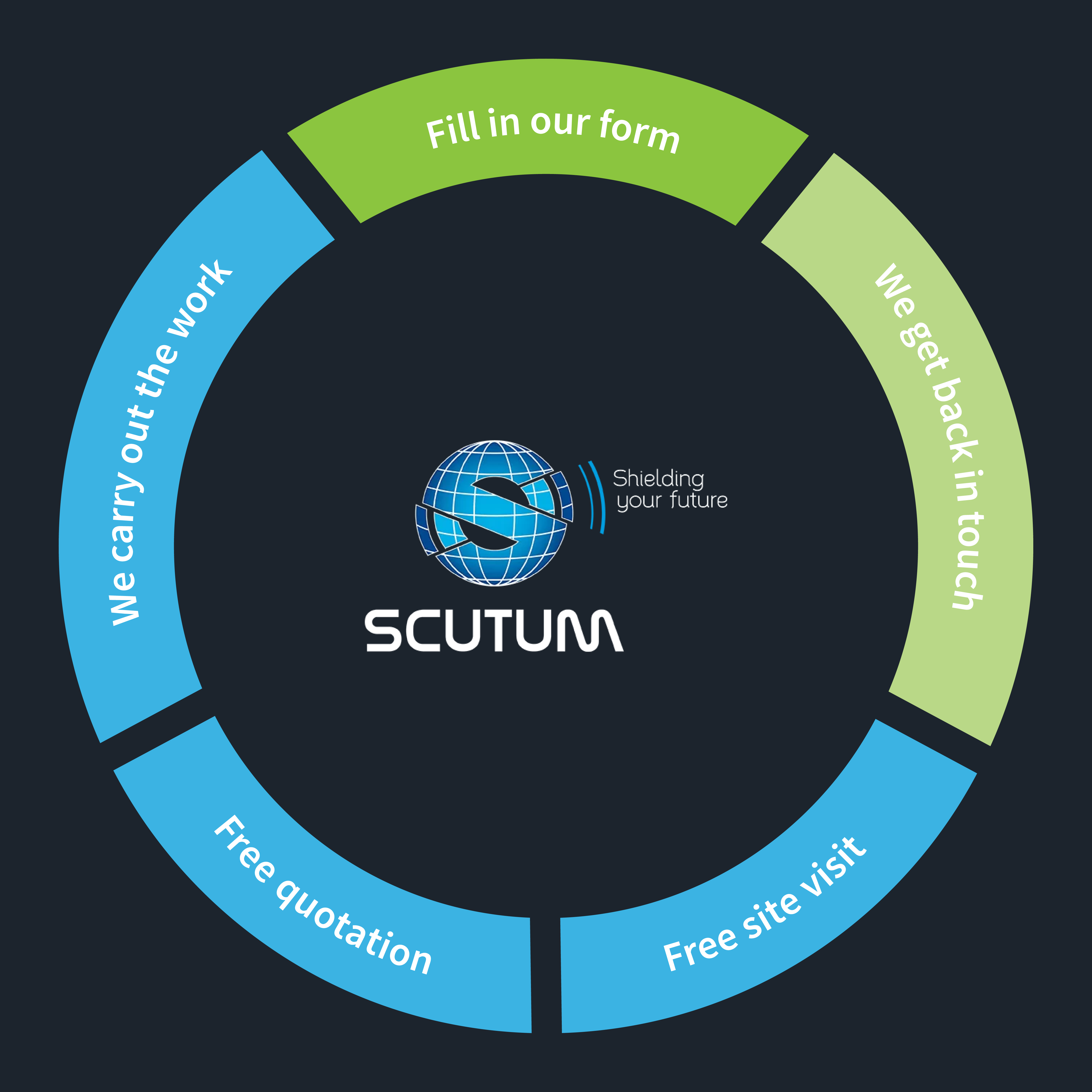Fire Risk Assessment Guide & Checklist for the Facilities Industry
Fire Risk Assessment Checklist for Facilities Management Industry
This guide has been written specifically for all those that work in the facilities management industry or related environments, whether employers, employees, managers or owners.
Facilities management (or FM) is an umbrella term that covers the overseeing of administration and regulations in various working environments. This could include health and safety work, security, maintenance, fire safety, cleaning, property management and any other practice that falls within this bracket.
Offering advice tailored to those working in facilities management, this guide will examine the laws that relate to this specific field, as well as providing a checklist to help nominated persons to carry out fire risk assessments correctly and remain compliant with the law.
The Law
The facilities management industry is one that is subject to the requirements laid out in the Regulatory Reform (Fire Safety) Order 2005. Introduced in England and Wales as a unifying piece of legislation that replaced over 70 unconnected regulations, the order passes responsibility for fire safety in the workplace onto facilities managers, employers, landlords, business owners or any other persons in charge of a commercial or rented property.
The order states that a ‘responsible person’ should be assigned the task of ensuring all correct fire safety practice, including carrying out a fire risk assessment, inspecting and maintaining all firefighting equipment (extinguishers, alarms, detectors, fire doors etc.), and making sure that all staff are aware of their responsibilities in relation to fire safety training and evacuation procedures.
Much of the fire safety responsibilities for the facilities industry revolve around the fire risk assessment, which is the key focus of the reform. The assessment is designed so as to ensure that all hazards are identified and removed within the premises, whether it’s in the kitchen area of an office or the cleaning cupboard in a leisure centre, and that any evacuation points are clearly marked and kept free from obstruction.
Conducting a Fire Risk Assessment – 5 Steps
If you are unsure as to the best approach to take when conducting the fire risk assessment at your facilities, there are government recommendations in place to assist you, separated into 5 steps.
The process should be applied to each area of your working environment (office, kitchens, bathrooms etc.), making the process more straightforward by compartmentalising it.
#1 Identify the Fire Hazards
Beginning with your first area, carefully assess the space and make a note of any fire risks you come across. Bear the fire triangle in mind, as this will help you to evaluate the severity of any hazards. The triangle is an easy way to recall the 3 elements that cause a fire: a source of ignition, a source of oxygen, and a source of fuel.
#2 Identify People at Risk
As an employer or manager, you should have a pretty decent idea as to the size and makeup of your staff. However, those at risk from a fire in your facilities also include customers and other visitors, and particular attention should be paid to creating an evacuation procedure for those with physical disabilities or sensory impairments.
The elderly and young children are always considered to be among those most at risk.
#3 Evaluate, Remove and Reduce Risks
Based on what was discovered in steps 1 and 2, you must now take action towards the reduction and removal of any risks identified.
This might include assessing the status of fire safety equipment, such as fire extinguishers, smoke detectors and alarms, emergency lighting and exit signs. Passive fire resistance elements should also be considered, such as fire doors with an intumescent seal to help stop the spread of fire.
With any equipment that’s installed, a system must be implemented to schedule in regular testing and assessment, with maintenance carried out immediately if required.
#4 Record, Plan, Inform, Instruct and Train
Simply identifying hazards is not sufficient for completing the fire risk assessment. Firstly, anything discovered of note should be recorded accurately, preferably in separate logs for each area of your facilities.
Write down all hazards you encounter and the steps taken towards rectifying them, all dated for future reference.
This information can then help you to determine an evacuation plan to be implemented in the event of a fire. Your staff should be trained fully in every aspect of the plan, and regular drills should be carried out to practice.
#5 Review
Due to the changing and evolving nature of any facilities environment, your fire risk assessment should be reviewed and updated on a regular basis. While periodically scheduled reviews should be arranged, there should also be a new assessment performed when significant changes to the facilities occur (including structural alterations, noticeable increase in staff numbers etc.)
Checklist
The key to a successful facilities risk assessment is to keep it simple. Here’s a useful checklist we’ve put together to help you comply with the Regulatory Reform while upholding optimum health and safety measures in your working environment.
#1 What are the Fire Hazards within your Environment?
- In respect of the fire triangle, this should include anything that is a source of ignition (i.e. cooking equipment, electrical components).
- Similarly, anything that is a source of fuel (i.e. flammable solvents, cleaning materials, rubbish piles)
#2 Who is at Risk within your Environment?
- This should consider all staff, customers and visitors.
- Particular attention should be paid to vulnerable persons – the elderly, the very young, those with a disability, those working in high-risk areas.
#3 How will you keep People Safe within your Environment?
- Keep all working environments within the facility clean and free of hazardous obstructions.
- Storage of all equipment and materials used in the management of facilities (cleaning products, solvents etc.) should be carefully regulated.
- Effective waste disposal procedures should be in place to prevent a build-up of rubbish bags and other waste.
- Ensure that correct fire safety signage is present throughout the premises, indicating emergency exits and evacuation assembly points.
- Have all electrical elements involved in the management of the facilities been PAT tested?
- Are the fire extinguishers within the premises the ones most suited to the environment?
#4 Record, Plan and Train
- Record all potential risks discovered during the assessment.
- Take steps to remove or reduce each hazard wherever possible.
- Keep all staff within the facilities informed and ensure that they are aware of, and trained in, the correct evacuation procedure and fire extinguisher use.
- Plan regular fire drills to maintain good practice.
- Draw up a detailed timeframe for carrying out all fire safety improvements required.
- Keep all records and logs in a place that can be accessed by your staff.
- Make sure that all fire exit, fire extinguisher types, assembly points and other evacuation information is clearly visible for any visitors to the premises.
#5 Review and Maintain your Plan
- Any interior or exterior alterations to the structure of the premises would necessitate a revision of the fire risk assessment.
- Any fires or close-calls should also prompt a review.
- Should the working practices or the equipment used within the environment change, then the assessment will need to change accordingly.
- A record should be kept of any fire drills carried out.
Request a Callback
Just fill in your details below and we'll get back to you as soon as we can!

About Scutum London
Scutum London is a leading expert in fire safety and security solutions for businesses and organisations located across South East England, including London and Surrey.
From fire alarms, fire extinguishers and fire risk assessments to access control, CCTV and intruder alarm systems – and a lot more besides – we offer a comprehensive range of products and services designed to keep you, your business and your staff and visitors safe.
With decades of industry experience to call on, we’re proud to hold accreditations from leading trade associations and bodies such as British Approvals for Fire Equipment (BAFE), the British Fire Consortium, the Fire Industry Association (FIA) and Security Systems and Alarms Inspection Board (SSAIB).
If you’d like to find out more about Scutum London, get in touch with our friendly team or explore our products and services on our site.

